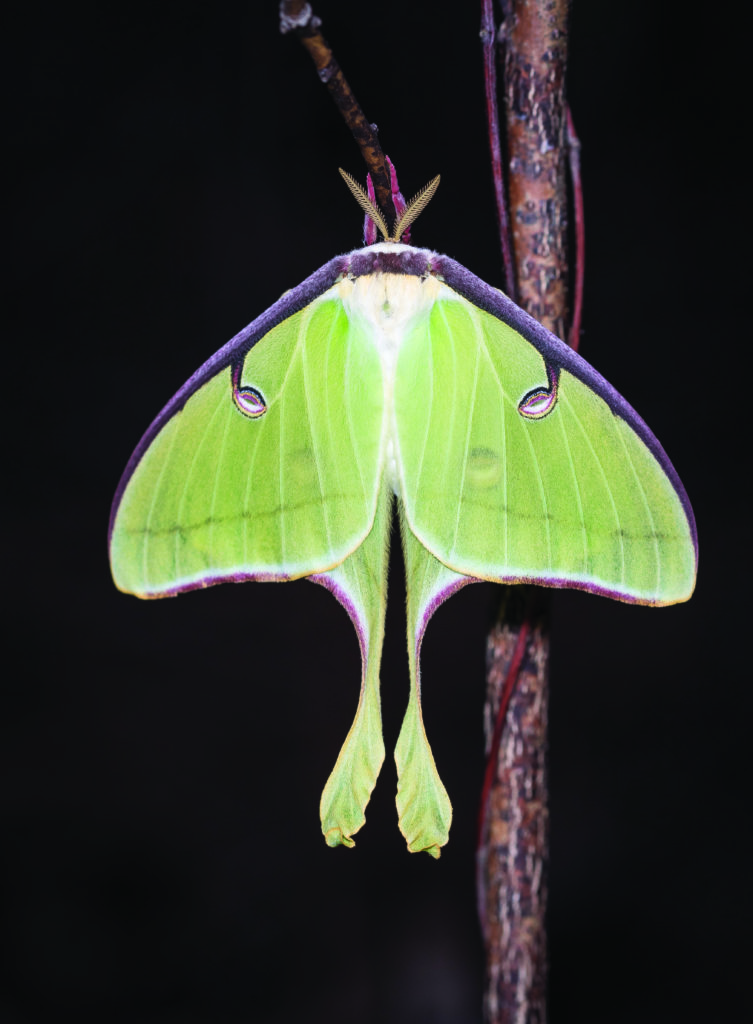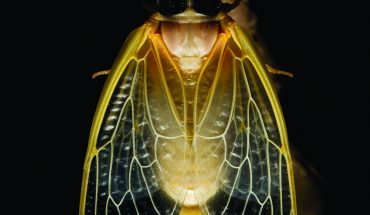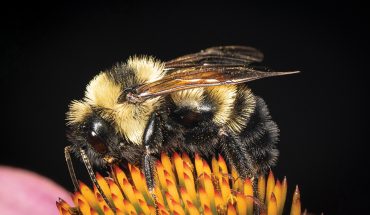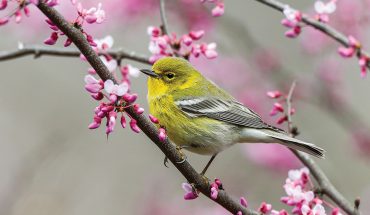Move over lightning bugs — these winged creatures are the ones to watch for on summer evenings!
Words and photographs by Mike Dunn
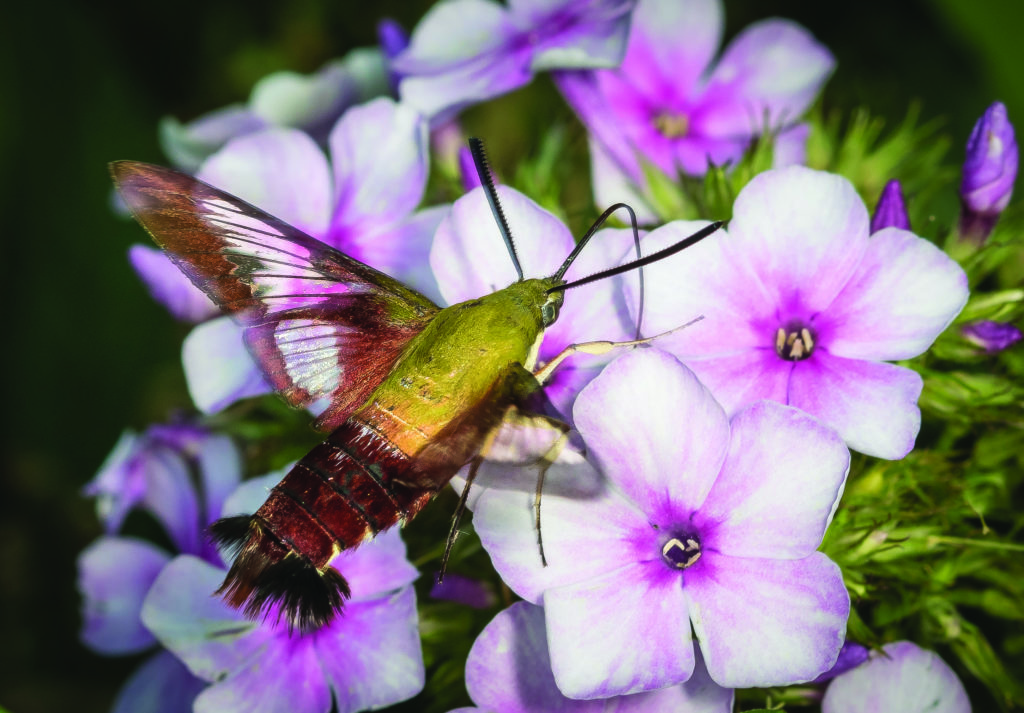
For me, summer nights bring fond memories of stargazing, hanging out with friends and moth-watching. Wait… what? That’s right, observing the amazing variety of insects, especially moths, that are most active at night is a favorite warm-weather activity. Several times each summer, we have a few friends over for drinks and snacks on the porch or out by the campfire, set out a moth light (more on this later) and wait to see what comes.
Moths are related to butterflies, but they differ from their better-known cousins in many respects, though it’s sometimes difficult to be certain which is which. Most moths fly at night (we do have some common day-flying moths in our area, like the Hummingbird Clearwing). Moth antennae are either tapered or feathered in shape, whereas butter- flies have knobs or hooks at the tips of theirs.
And many moths have a “hairy” body, while a butterfly’s body tends to be leaner and smoother.
Though more common than butterflies, moths are an often misunderstood and under appreciated group of insects, in part because most of us don’t spend a lot of time outdoors after dark. But these members of the night shift are a fascinating and beautiful part of our natural neighborhood.
When I started working at the North Carolina Museum of Natural Sciences, I used caterpillars as a way to engage students and teachers in the wonders of the natural world. To make sure I had something charismatic to show my groups, I raised Luna Moth larvae at home, in our guest bathtub. They are a great species for teaching as they are large enough to observe, and they eat sweet gum leaves, a common plant, so I could easily find enough food for these very hungry caterpillars.
Plus, Luna Moths are often the one species that many people know because they are big and beautiful, with their signature key lime-green wings and long tails. Most people are surprised to learn that these and other giant silk moths have nonfunctional mouth parts and live only one to two weeks as adults.
Their sole purpose inlife is to find a mate and reproduce. Females attract males by releasing pheromones; the males pick up the scent with chemoreceptors in their large, feather-shaped antennae. They can detect pheromones from a mile or more away and find their way to a receptive female. The female will then lay eggs on a suitable host plant and the cycle begins anew.
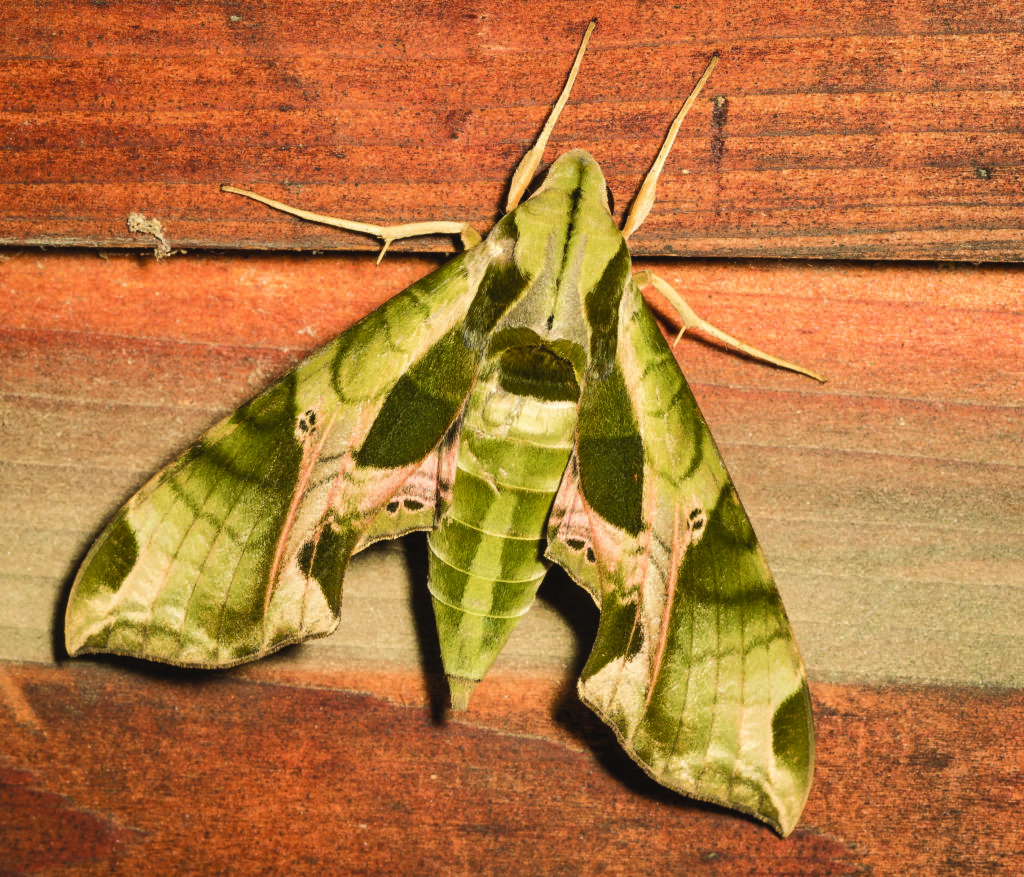
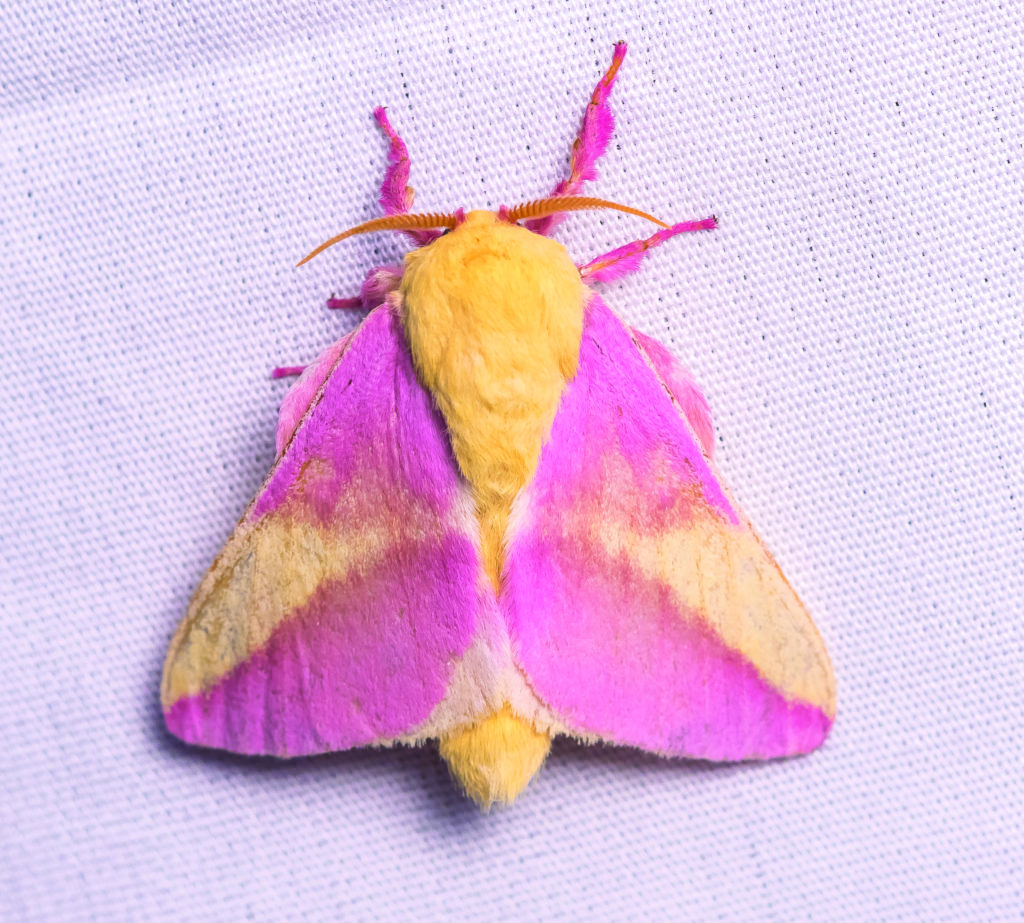
My early fascination with caterpillars eventually led me to an interest in their adult form, butterflies and moths, but I found identifying moths to be challenging. For one thing, there are just so many species, and many look pretty similar. In North Carolina, 177 species of butterflies have been recorded. Compare that to the 2,962 species (and counting) of moths that have been recorded thus far. When I first started, it was much easier to find
Cecropia Moth, North America’s largest species good field guides on butterflies. Now, there are more good resources for moth enthusiasts. Some of my favorites include: Peterson Field Guide to Moths of Southeastern North America, BugGuide, the North Carolina Biodiversity Project and two free apps, Leps by Fieldguide and Seek by iNaturalist.
Moths are commonly seen around your windows or porch lights at night. If you want to get more serious, you can buy an inexpensive black light that projects light in the ultraviolet spectrum. We periodically set ours outside next to a suspended white sheet. This really draws in the moths as well as other night-flying insects. Alternatively, some moths are best attracted with homemade sugar-based baits, usually involving some combination like an overripe banana, brown sugar and some cheap beer (there seems to be a connection between beer and moth-watching).
Let that mixture set for a day or two, then either brush it on a tree trunk or soak a section of rope in it and hang it between two trees. Moth “sugaring” will bring in species that tend to feed on tree sap or flower nectar. Having a diversity of native plants is another sure way to attract a variety of moths. Light-colored and fragrant flowers attract the adults that seek nectar. Plants that provide food for caterpillars will help attract adult moths who are searching for egg-laying sites.
The North Carolina Botanical Garden in Chapel Hill is one of the premier native plant gardens in the Southeast, which means it is also home to an amazing number of animal species that rely on those plants, including moths. When I worked there, I walked around the breezeways every morning before work, checking the walls for moths that were attracted to the building lights overnight. I was amazed at the variations in size, shape and color — people think that moths are drab compared to butterflies, but many are quite beautiful.
Some of my favorites include the stunning pink-and-yellow Rosy Maple Moth; the plume moth, which looks like a tiny toy glider; the beautiful green Emerald Moth; the Cecropia Moth, the largest moth in North America with a wingspan of up to 7 inches; and the Sphinx Moth, the jet fighter of the moth world, a rapid flyer with swept-back wings. And there are so many others that are fascinating to see anytime we go mothing.
If I’ve convinced you that moths are worthy of your attention beyond being an excuse for a beer with friends, you can also participate in National Moth Week events in our area. This year, the 11th annual National Moth Week begins on July 23.
It began as a moth night in New Jersey and is now an international citizen science project. Mothing events are happening in all 50 states and in 80 countries worldwide, including a Mothing for Science! program at the Prairie Ridge Ecostation the evening of July 23. Most mothing events are great, kid-friendly ways to learn from local experts and see a bounty of beautiful moths
__
This article originally appeared in the July 2022 issue of WALTER Magazine

